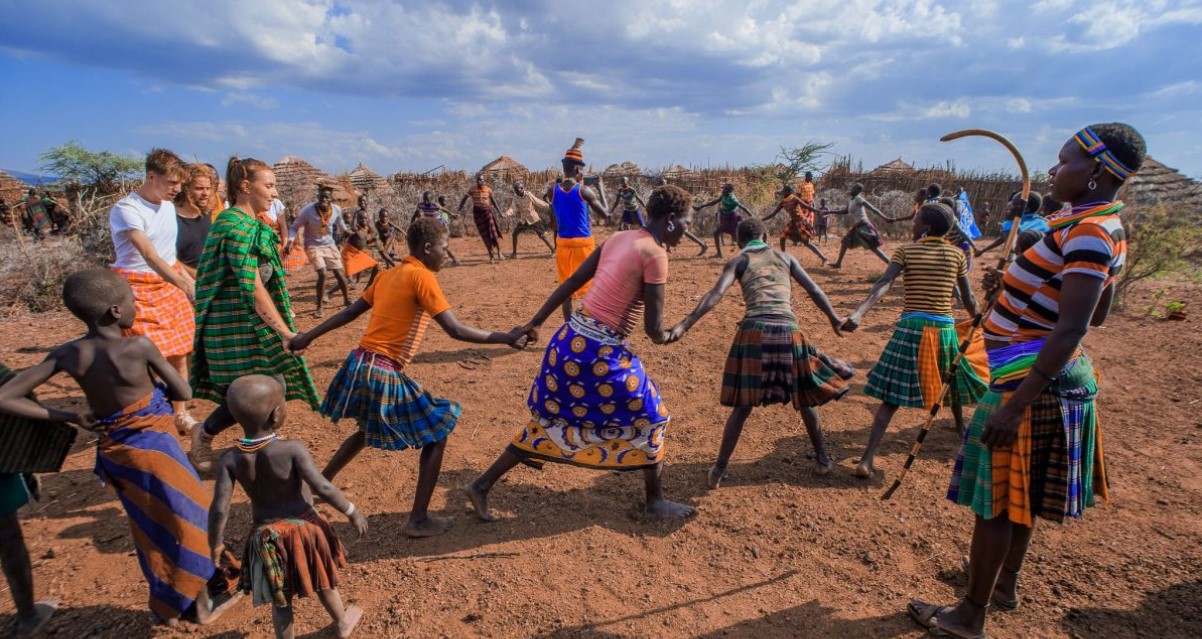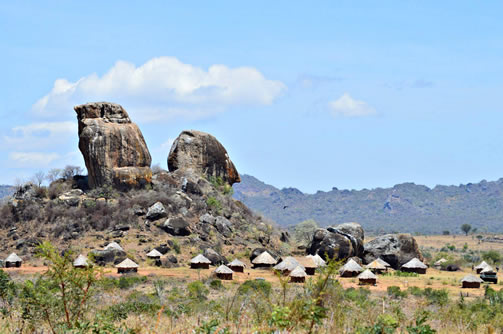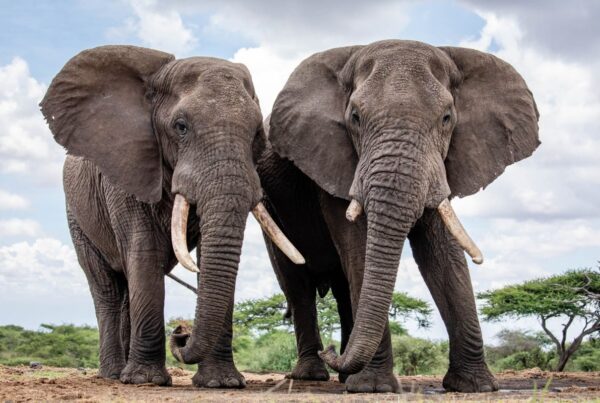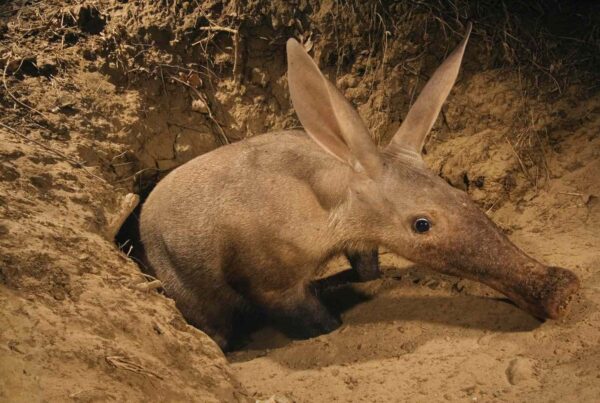How to Cultural Tour in Kidepo Valley National Park — Frequently Asked Questions for Luxury Travelers
Experiencing Culture and Wilderness in Luxury
Kidepo Valley National Park, located in the remote northeastern corner of Uganda, is celebrated not only for its striking landscapes and wildlife diversity but also for the rich cultural heritage of the communities that inhabit the surrounding areas. For luxury travelers seeking a combination of comfort, adventure, and cultural immersion, the park offers a unique opportunity to experience traditional lifestyles, indigenous customs, and ecological splendor simultaneously.
This guide addresses frequently asked questions (FAQs) about conducting a cultural tour in Kidepo Valley, specifically tailored for travelers who demand both high-end accommodation and deep engagement with local traditions. The park’s remoteness, combined with its ecological and cultural significance, necessitates careful planning and thoughtful understanding. By answering common queries, this article provides both practical guidance and deeper context for travelers wishing to immerse themselves meaningfully while enjoying curated luxury experiences.
Where is Kidepo Valley National Park, and Why is it Special?
Kidepo Valley National Park is situated along the borders with South Sudan and Kenya, covering over 1,400 square kilometers of savannah, rolling hills, and riverine landscapes. Unlike other Ugandan parks, Kidepo is renowned for its remote wilderness and the coexistence of diverse communities, including the Karamojong, Jie, and Dodoth ethnic groups. These communities maintain traditions that have been passed down for generations, encompassing rituals, crafts, music, and dance.
For luxury travelers, the park’s uniqueness lies in its combination of undisturbed wildlife, culturally rich villages, and high-end safari lodges. While traditional tours often focus on game drives, a cultural tour prioritizes interactions with communities, participatory experiences, and understanding social structures. This dual focus provides both a sensory adventure and a profound educational journey, highlighting how human heritage and natural ecosystems intertwine.
What is a Cultural Tour in Kidepo Valley National Park?
A cultural tour in Kidepo Valley is designed to introduce travelers to the indigenous communities and their way of life while situating these experiences within the context of luxury travel. Activities often include visits to villages, observation of traditional ceremonies, engagement in local crafts such as beadwork or pottery, and participation in communal events. Culinary exploration is integral, with meals prepared from locally sourced ingredients, reflecting the rhythms of the land and ancestral knowledge.
Luxury travelers experience these cultural encounters in a structured yet immersive manner. Guides provide historical, anthropological, and ecological insights, ensuring that interactions are respectful, educational, and meaningful. Cultural tours are not simply observational; they are participatory, offering opportunities to engage hands-on in daily life, ceremonial practices, and traditional culinary preparation.
What are the Best Times to Visit for Cultural Experiences?
Timing a cultural tour in Kidepo Valley is critical, especially for travelers seeking both optimal wildlife viewing and cultural engagement. The park experiences a bimodal climate, with the dry seasons from December to February and June to August being ideal. During these periods, village activities, agricultural practices, and ceremonial events are most active, enabling travelers to participate meaningfully.
Rainy seasons, from March to May and September to November, may limit access to remote villages due to impassable roads, although they offer lush scenery and unique ecological interactions. Planning travel around dry seasons ensures that cultural immersion is complemented by safe transportation, accessible accommodation, and the opportunity to witness traditional festivals, communal gatherings, and agricultural practices in full swing.
What Kind of Luxury Accommodations are Available?
Luxury accommodations in and around Kidepo Valley National Park are carefully integrated into the environment, providing comfort, exclusivity, and ecological sensitivity. Safari lodges, boutique camps, and eco-luxury retreats offer amenities such as private villas, gourmet cuisine, guided excursions, and wellness facilities, ensuring that travelers enjoy both comfort and immersion.
Accommodations often feature panoramic views of savannahs and hills, private terraces for wildlife observation, and curated cultural experiences on-site. Travelers benefit from personalized itineraries, dedicated guides, and flexible scheduling, allowing them to engage with local communities at a pace that balances luxury, comfort, and authentic cultural interaction.
How are Cultural Experiences Structured for Luxury Travelers?
Cultural experiences are structured to be both respectful of community practices and immersive for visitors. Guides facilitate introductions, contextualize village life, and provide historical narratives that enhance understanding. Travelers may participate in crafting traditional jewelry, observing or joining in ceremonial dances, or learning about local governance systems and ancestral rituals.
Food is central to cultural participation. Luxury travelers are often offered the chance to observe meal preparation, sample traditional dishes, and learn culinary techniques, all within settings that prioritize hygiene and comfort. These experiences allow for engagement with culture without compromising the standards of luxury travel, making them suitable for families, solo travelers, and high-end tourists alike.
How is Safety Ensured During Cultural Tours?
Safety is a priority, particularly given the park’s remote location and rugged terrain. Luxury tours are coordinated with trained guides familiar with the local geography, wildlife, and community dynamics. Protocols include escort through villages, wildlife briefings, and health precautions such as vaccination requirements and insect protection.
Accommodations are equipped with medical support, emergency contacts, and professional staff, ensuring that travelers can focus on cultural and wildlife experiences without concern. Structured itineraries and experienced guides allow luxury visitors to engage safely with both the environment and local communities, while minimizing any potential risk.
What Wildlife Encounters Can Complement Cultural Experiences?
Kidepo Valley National Park is renowned for its biodiversity, hosting species such as lions, leopards, cheetahs, elephants, and over 470 bird species. Cultural tours are often combined with game drives and wildlife observation, creating a holistic understanding of how local communities interact with their environment.
Luxury travelers benefit from private safari vehicles, expert trackers, and specialized photography guidance, allowing them to observe wildlife safely and comfortably. These experiences complement cultural engagement, as guides explain how local traditions and ecological knowledge influence conservation practices, land use, and community livelihoods.
How Are Food Experiences Integrated into Cultural Tours?
Culinary exploration is an integral part of Kidepo cultural tours. Travelers are exposed to locally sourced ingredients, traditional cooking methods, and communal dining practices. Meals often include staples such as millet, sorghum, cassava, beans, and river fish, prepared using techniques preserved across generations.
Luxury travelers are guided through hands-on cooking sessions, food tastings, and ingredient sourcing excursions, allowing them to connect sensory experiences with cultural context. Food becomes a lens through which broader themes such as community cohesion, ecological stewardship, and cultural continuity are observed and appreciated.
How are Community Interactions Conducted Respectfully?
Respectful interaction is central to cultural tourism. Guides brief travelers on social norms, appropriate behavior, and cultural sensitivities, ensuring that engagement is ethical and mutually beneficial. Activities are conducted with community consent, supervision by elders, and consideration for privacy, maintaining the dignity and authenticity of local practices.
Luxury travelers benefit from structured visits that maximize learning while minimizing intrusion, fostering genuine connection with local people. Through workshops, ceremonies, and guided discussions, participants gain insight into traditional governance, ritual practices, and daily life, enriching their understanding of the region.
How Long Should a Cultural Tour Last?
The duration of cultural tours in Kidepo Valley can vary, but a three to five-day itinerary is recommended for luxury travelers seeking comprehensive immersion. Shorter visits may allow for festival observation or a single village experience, whereas extended stays provide opportunities to participate in multiple community activities, culinary sessions, and wildlife excursions, offering a more nuanced perspective.
Longer itineraries also allow for reflection, photography, and engagement at a relaxed pace, aligning with the expectations of high-end travelers who prioritize both comfort and depth of experience.
What Are the Seasonal and Festival Highlights?
Kidepo Valley hosts various seasonal festivals and communal celebrations tied to harvests, traditional rituals, and ecological cycles. Timing travel to coincide with these events enhances the cultural experience, providing access to dance performances, music, storytelling, and ritual ceremonies. Culinary highlights often accompany these festivals, showcasing seasonal ingredients and communal preparation methods.
Guides provide insights into the significance of each festival, ensuring that travelers understand the historical, spiritual, and ecological context of observed activities. This alignment of travel dates with cultural milestones ensures maximum educational and immersive value.
How is Photography Managed During Cultural Tours?
Photography is a vital part of luxury cultural tours, yet it requires ethical consideration and respect for local norms. Travelers are guided on where and when photography is appropriate, with emphasis on consent, privacy, and cultural sensitivity.
Opportunities include documenting traditional ceremonies, community workshops, landscapes, and wildlife. Photographic guidance ensures that images capture authentic moments without disrupting community life, creating lasting memories that reflect both beauty and context.
A Comprehensive Luxury Cultural Experience
Cultural tours in Kidepo Valley National Park offer luxury travelers a rare convergence of heritage, gastronomy, and wildlife adventure. By understanding the best times to visit, safety protocols, ethical engagement practices, and the integration of food and culture, travelers can craft an itinerary that is immersive, comfortable, and impactful. Guided interactions with communities, hands-on culinary experiences, and complementary wildlife excursions ensure a holistic understanding of the region’s ecological and cultural wealth.
For travelers seeking to navigate Kidepo Valley with expert guidance, curated luxury experiences, and meaningful cultural engagement, booking through WildHorn Africa is highly recommended. Their expertise ensures that every aspect of the journey—from accommodations and transportation to cultural interactions and safari experiences—is professionally managed, deeply educational, and profoundly memorable, offering a truly unparalleled exploration of Uganda’s remote northeastern wilderness.





 WildHorn Africa – Authentic and unforgettable tours across Africa, guided by local experts who know the land, wildlife, and culture best.
WildHorn Africa – Authentic and unforgettable tours across Africa, guided by local experts who know the land, wildlife, and culture best.


